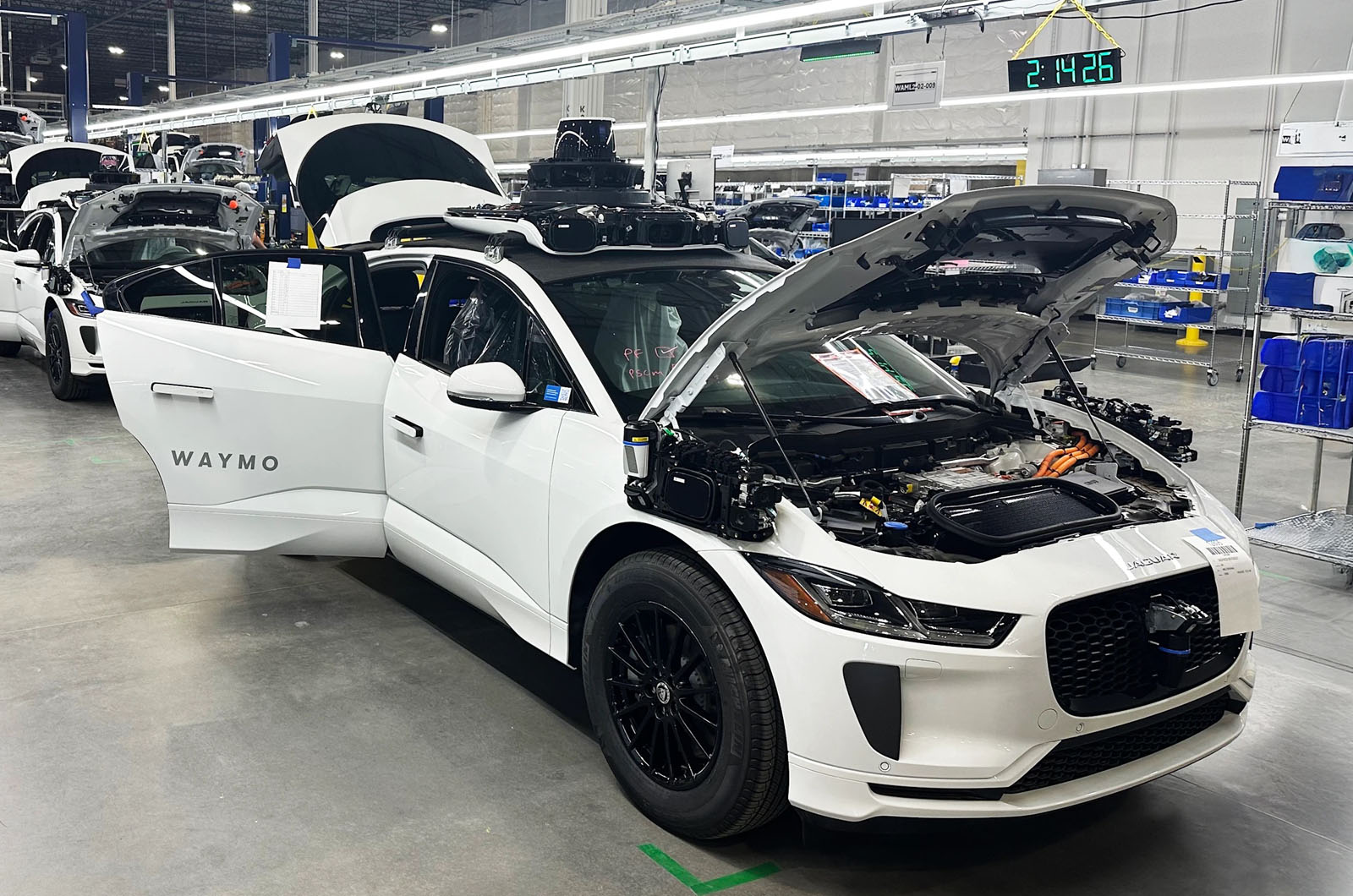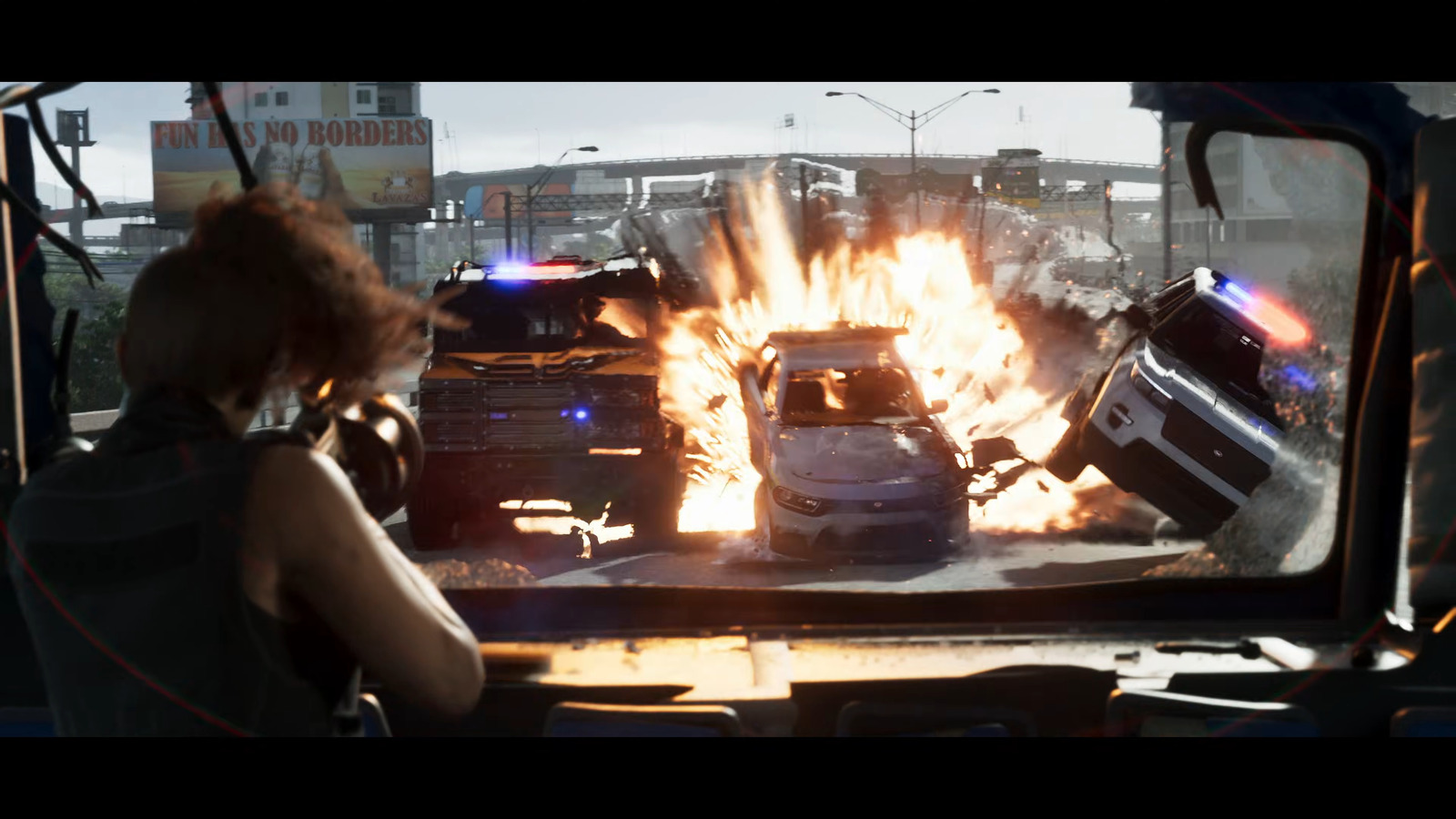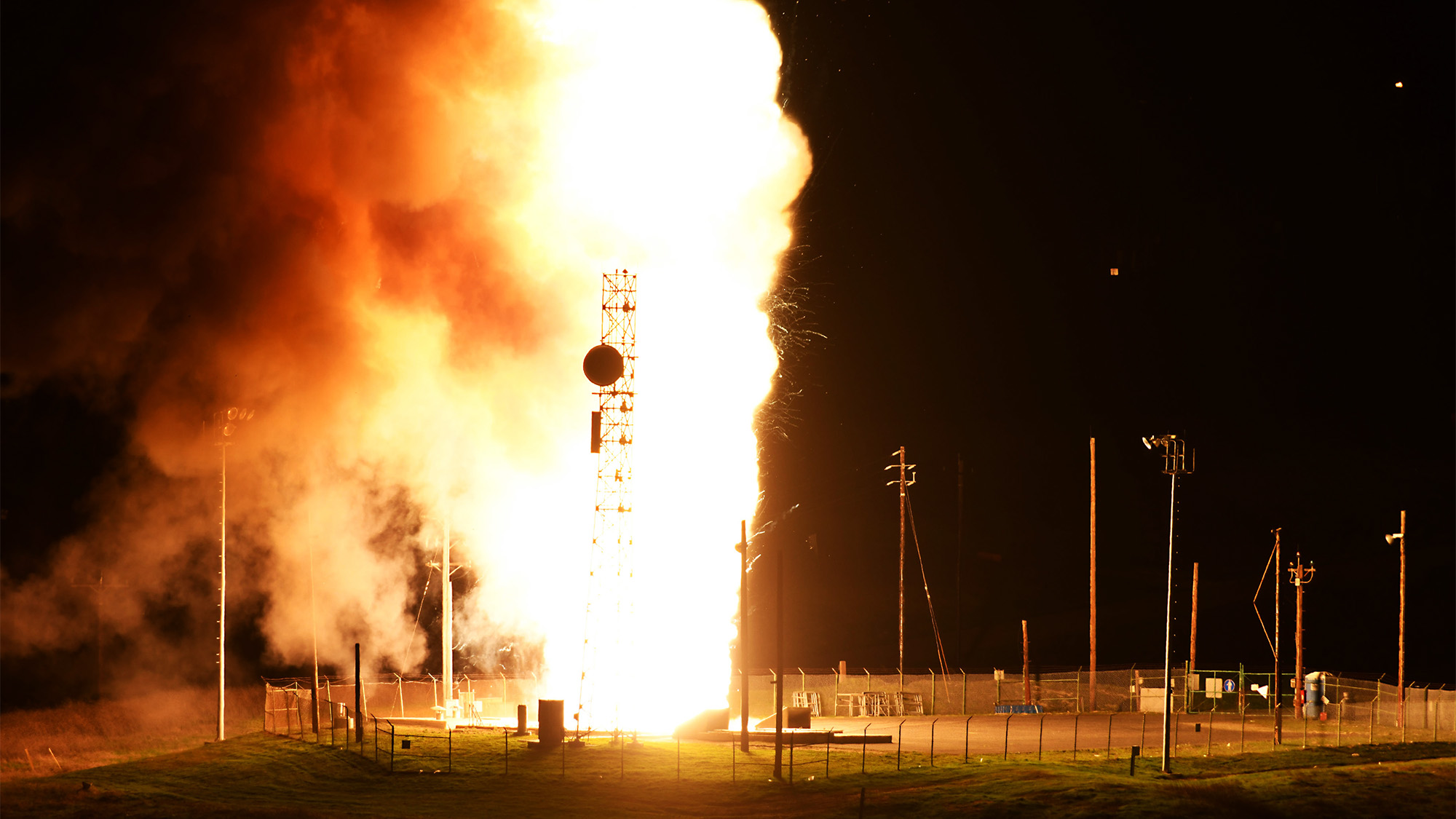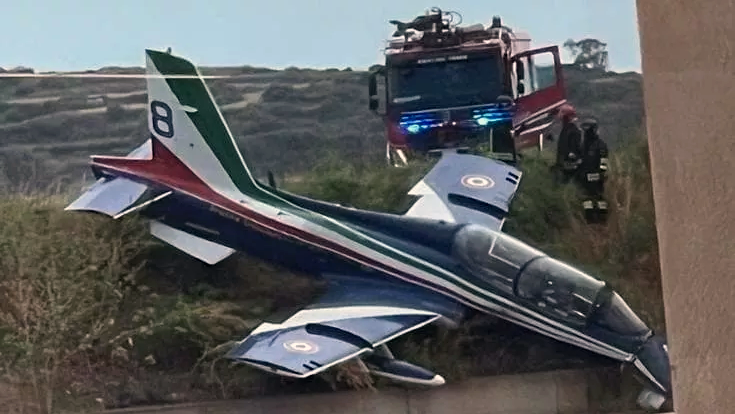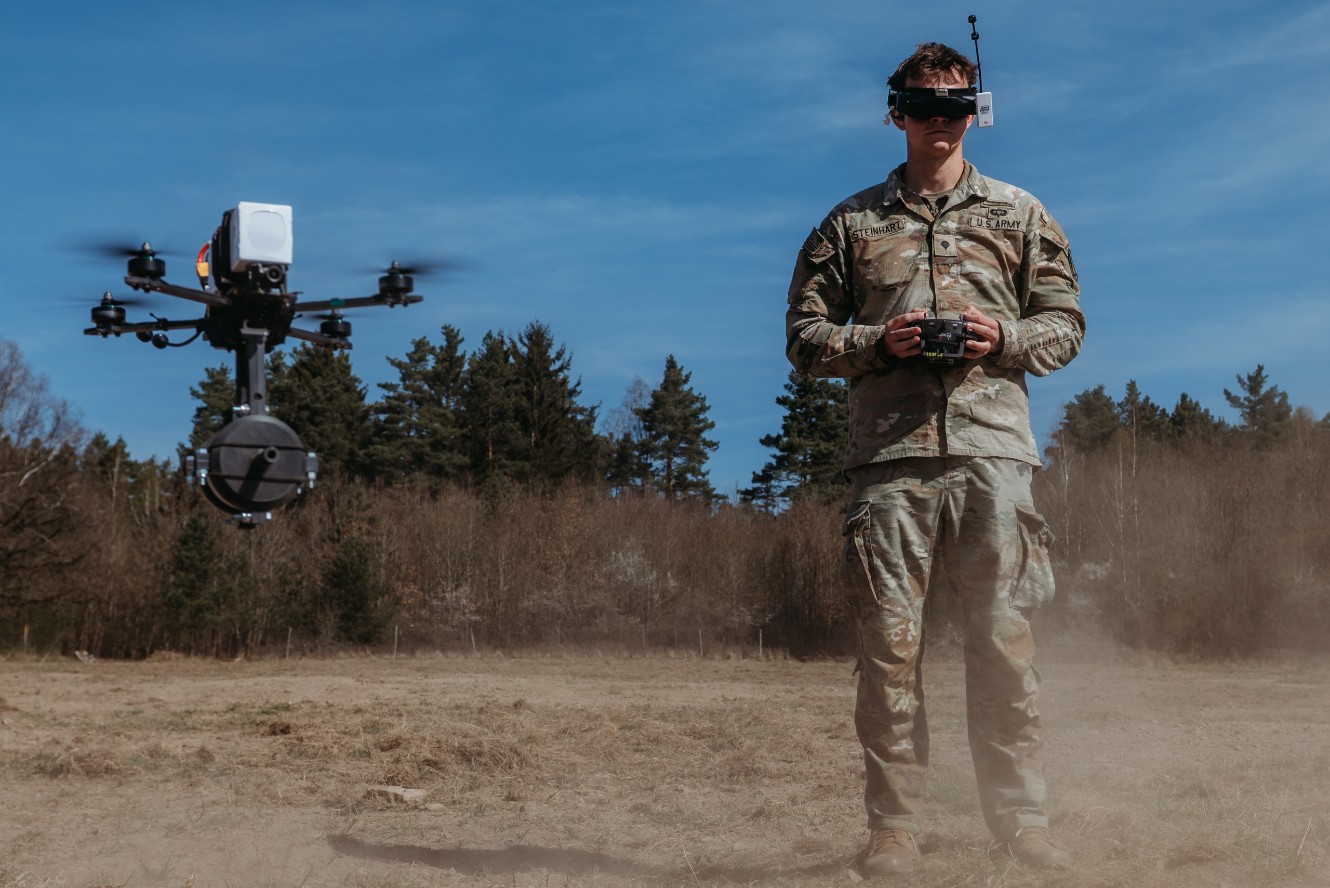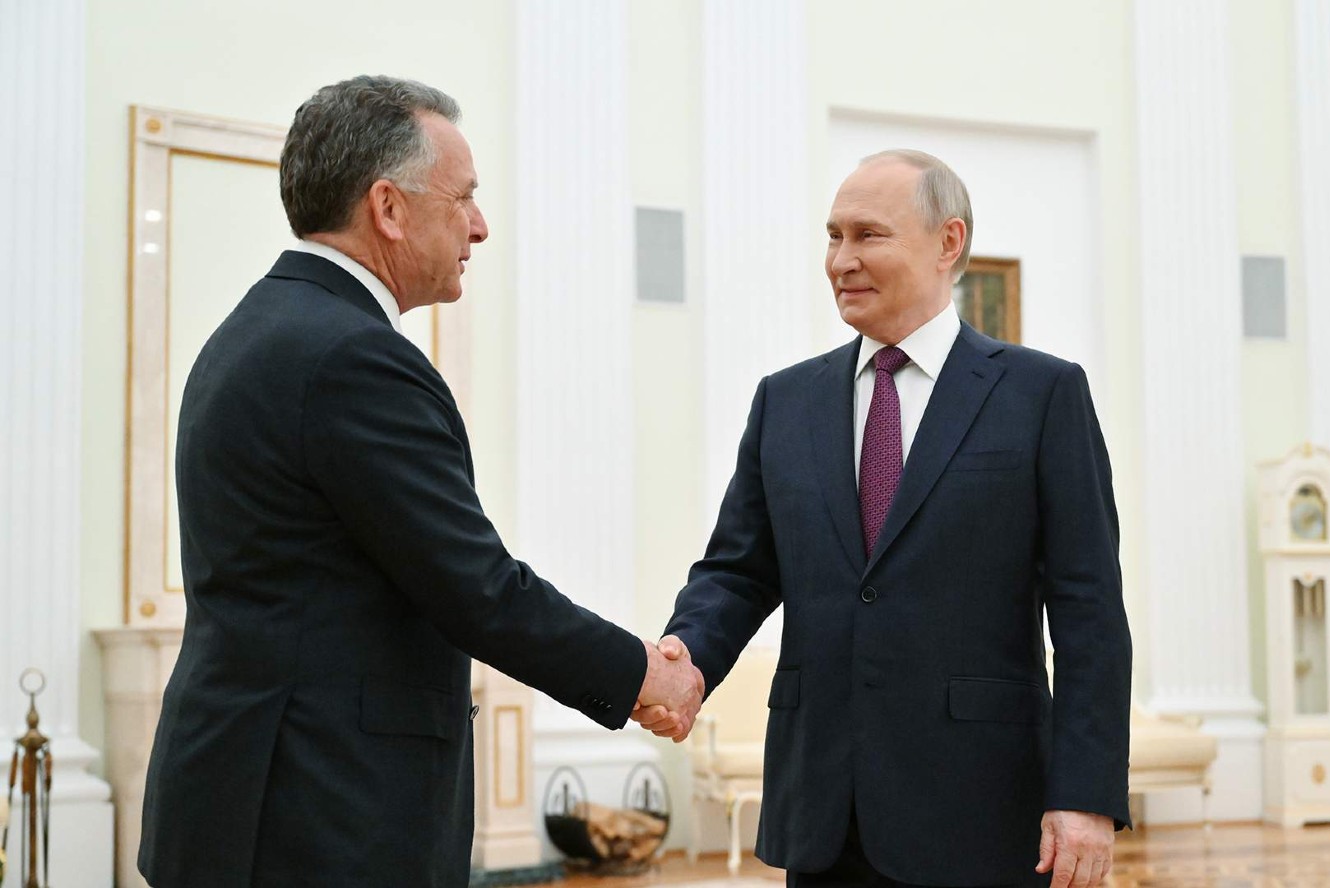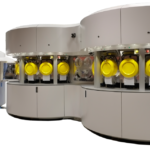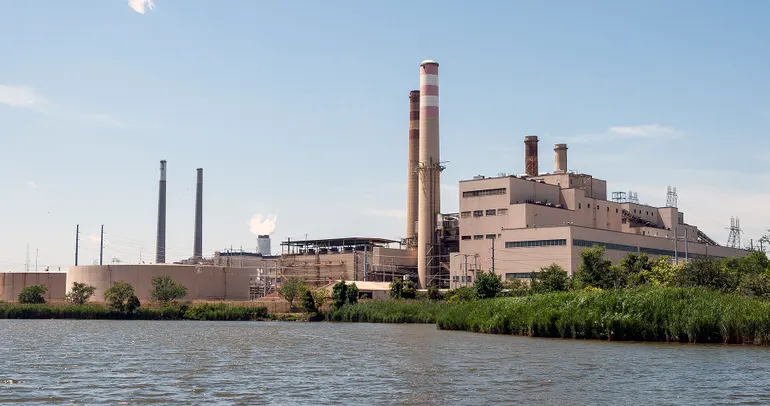DISA turns to AI, automation to bridge workforce gaps, attempts to stay on track with JWCC 2.0
“How do I do the same level of effort that I was applying before, but without those people in place?” Jeff Marshall, director of DISA’s J9 asked. “The clear answer is automation and AI and machine [learning.]”


Pentagon grapples with growth of artificial intelligence. (Graphic by Breaking Defense, original brain graphic via Getty)
TECHNET CYBER 2025 — The Defense Information System Agency is exploring using automation, artificial intelligence and machine learning to find and fill capabilities gaps brought on by workforce vacancies, the director of DISA’s J9 Hosting and Compute hub, said today.
Jeff Marshall told reporters here in Baltimore that the deferred resignation program coupled with the Voluntary Early Retirement Authority (VERA) and Voluntary Separation Incentive Payments (VSIP) programs have left the agency with fewer people, causing his team to have to get creative with how it fulfills its mission needs. He said the J9 is working across other parts of DISA to determine where the biggest gaps lie and the best ways to fill them.
“How do I do the same level of effort that I was applying before, but without those people in place?” Marshall asked. “The clear answer is automation and AI and machine [learning].”
He said DISA will conduct an exercise “real soon” where various offices will use generative artificial intelligence to record where there are gaps in their workforce, and then AI will determine what areas require the most attention. Then, the teams across DISA will create their lists of top priorities based off of the generated results to determine where and how AI/ML and automation could best be used before the teams start developing prototypes to fill the gaps.
Marshall said the deferred resignation, VERA and VSIP programs, initiatives taken up by the Office of Personnel Management under the direction of the Department of Government Efficiency, have also caused the agency’s Joint Warfighting Cloud Capability (JWCC) 2.0 program to fall behind.
Though the details surrounding JWCC 2.0 have been sparse, John Hale, product management and development chief at DISA announced in March that it will be a follow on to the first iteration of the $9 billion contract vehicle that allows the Pentagon to acquire commercial cloud capabilities and services directly from commercial providers. He said at the time the agency aims to have JWCC 2.0 rolled out within 18 months.
However, Marshall said today because of the “workforce challenges” DISA has had lately, the agency is “slightly behind” in further developing JWCC 2.0. He said that he thinks DISA will be able to get on track “within the next year,” adding that developing automation processes will likely help JWCC 2.0 get back on its goal of being available in September of 2027 (18 months from when Hale announced the program.)
Though DISA has felt the sting of a smaller workforce, Marshall said that such cuts are “good and bad.” He said DISA’s best option for now is to focus on how to make a smaller team as efficient as possible.
“What can we automate better? Where can we get efficiencies? How can we use AI and ML in order to do that with fewer people and quicker and be able to combine that along with everything else that we’re doing in order to be that kind of compact yet efficient organization?”


















